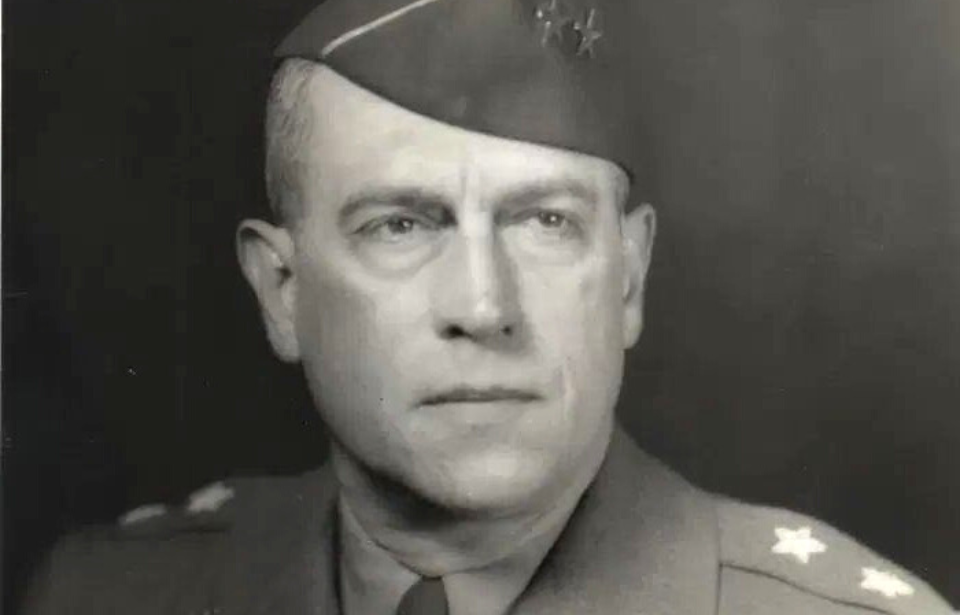Maurice Rose lived through the horrors of the First World War and bravely returned to the battlefield when the global population was plunged into conflict once more. The Jewish major general never lived to see the German surrender in 1945, but his legacy is an inspiration to servicemen and civilians alike.
Maurice Rose was born to serve
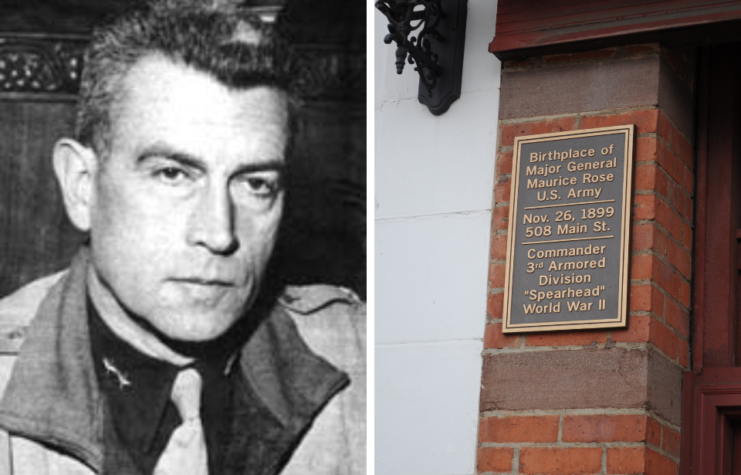
Maurice Rose was born on November 26, 1899 to Samuel and Katherin “Katy” Rose. Intelligent beyond his years, he grew up in Denver, Colorado. According to his high school classmates, he’d always had a dream of serving in the US military, with a cartoon in the school newspaper once depicting him carrying a rifle.
In 1916, the 17-year-old Rose lied about his age to become a private in the Colorado National Guard. He hoped to participate in the Pancho Villa Expedition. However, six weeks after his enlistment, he was discharged when his commander learned his true age.
In 1917, Rose, again, enlisted, this time with his parents’ permission. Similar to before, he lied about his age, this time to become eligible for Officer Candidate School (OCS), graduating four months after the United States entered the First World War. He was commissioned as a US Army Reserve second lieutenant of infantry and given command of a platoon with the 353rd Infantry Regiment, 89th Infantry Division.
After training at Camp Funston, Kansas, Rose was promoted to temporary first lieutenant. In late May 1918 – the final year of the war – the 89th arrived in France.
Maurice Rose’s service during World War I
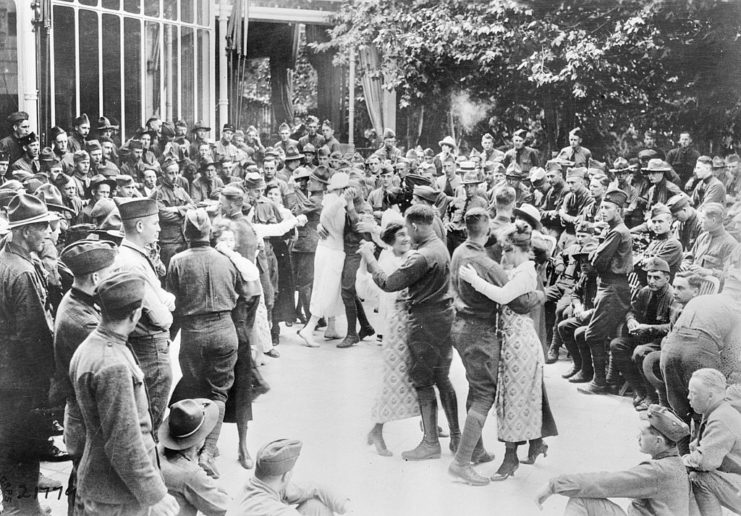
Maurice Rose’s division received additional training while in Europe, before taking up position near Metz, in preparation for the Meuse-Argonne Offensive. During a German artillery barrage, Rose was hit by shrapnel and wounded. Even with his injuries, which included a concussion, he refused to be evacuated. However, he was ultimately removed from the battlefield after collapsing from exhaustion.
After just a few days in hospital, Rose left, against the doctor’s wishes, to return to his unit. Confused as to his whereabouts, medical officials accidentally marked him as killed in action (KIA), and a letter was sent home to his parents to inform them of their loss. This was eventually corrected when the young soldier was located.
Rose stayed with the 353rd Infantry Regiment throughout the remainder of the war, and he remained in Germany after the Armistice. He returned home in 1919, and worked as a traveling salesman until he was accepted back into active duty as a first lieutenant. A day later, he was promoted to the rank of captain and served with several regiments at Fort Douglas, Utah, before becoming the adjutant of the 38th Infantry.
Throughout the remainder of the 1920s and early 30s, Rose served as an instructor for the Reserve Officers’ Training Corps and New Mexico National Guard. He was promoted to major in 1936, and, in 1939, was posted to Fort George G. Meade, Maryland as an instructor at the Third Corps Area Command and Staff School.
Rising up the military ladder during World War II
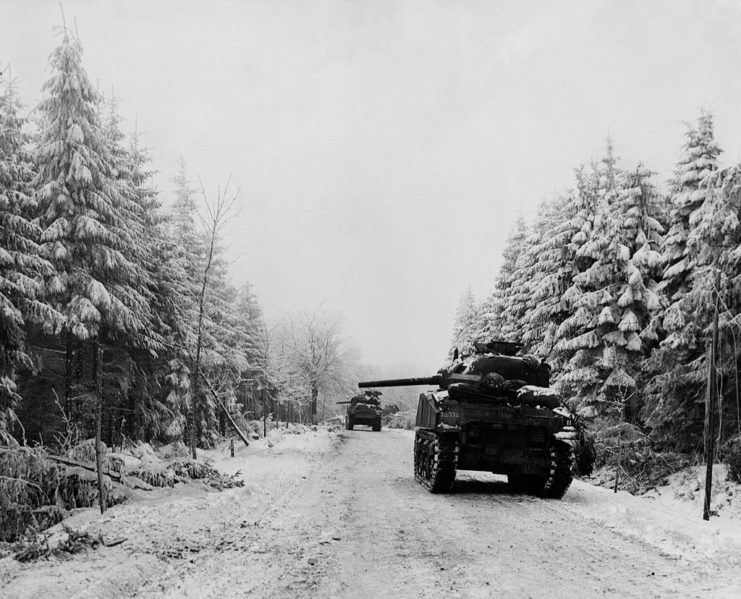
Maurice Rose was assigned to Fort Knox, Kentucky when the US joined the Second World War in 1941. Now a lieutenant colonel, he commanded the 3rd Battalion, 13th Armored Regiment, before being reassigned as the executive officer of the 1st Armored Brigade, 1st Armored Division. One newspaper reporter caught sight of Rose while watching the brigade training and referred to him as “probably the best-looking man in the army.”
In 1942, Rose arrived in North Africa with the 2nd Armored Division and was soon promoted to colonel. The Americans defeated the German forces in Tunisia, with Rose playing a large role in negotiating the terms of the German unconditional surrender with Generalmajor Fritz Krause.
Still with the 2nd, Rose moved up the ladder once more to become a brigadier general. He led his team in Combat Command A through Sicily, and, in 1944, succeeded Maj. Gen. Leroy H. Watson as commander of the 3rd Armored Division. Rose also earned a promotion to the rank of major general during this time.
After the success of Operation Overlord, Rose led his men to Belgium, where they became the first tank unit to enter Germany – the first in many notable accomplishments along the German front. During the Battle of the Bulge, the 3rd helped to beat back the German offensive in the Ardennes, before moving on to Cologne.
Maurice Rose’s senseless death
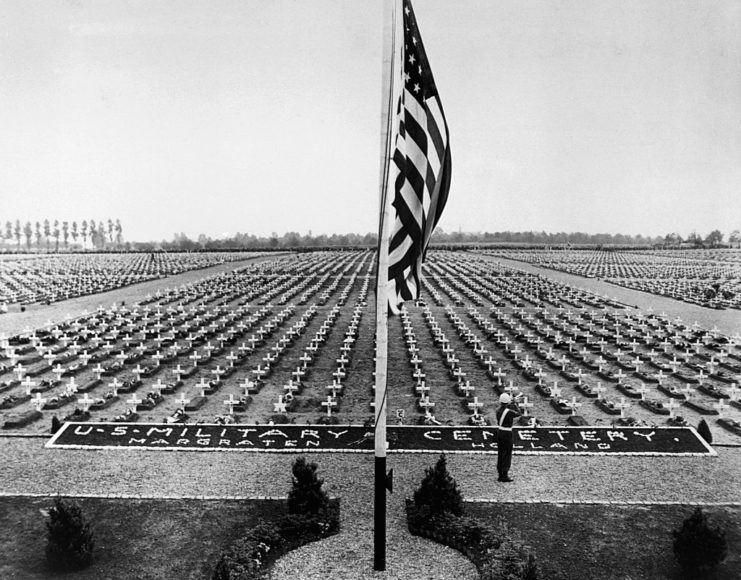
While navigating a forested area outside of Paderborn in northeastern Germany on March 30, 1945, the 3rd Armored Division received reports that the units behind them were being held up by German troops. As they turned around, they were gunned down and surrounded by the SS Panzer Brigade Westfalen.
In an attempt to escape the encroaching Germans, Maurice Rose and his men turned their Jeep toward the main road, which was occupied by even more German Tiger II tanks. The driver tried to maneuver around the tanks, but one cut them off while the lead Jeep managed to escape.
Rose and his aide, Maj. Robert Bellinger, got out of the Jeep as the German tank commander opened his hatch. Approaching the armored vehicle with their arms raised, the commander aimed a machine pistol at Rose, who was reaching toward the holster on his hip. A spray of shots rang out, with 14 striking the major general, killing him on the spot.
Bellinger and the others managed to escape, and they later returned to retrieve Rose’s body. The decorated serviceman and heroic leader died within months of the war’s end. He was buried at the Netherlands American Cemetery with the distinction of being the highest-ranking American killed by enemy fire in Europe during the course of the war.
US leaders were outraged over the senseless death of such a decorated commander, and a brief investigation was opened to determine if he was the victim of a war crime. However, it was impossible to determine if Rose had been reaching for his pistol to surrender or retaliate. The German tank crew also had no idea he was a high-ranking officer. As such, the case was ultimately dismissed.
More from us: Italo Balbo: The Mastermind Behind Mussolini’s Air Force Died a Strange Death
Maurice Rose was survived by his wife and two sons, both of whom were named after the career military man. Maurice “Mike” Rose followed in his father’s steps, serving in World War II, Korea and during the Vietnam War, while Maurice Roderick “Reece” Rose opted to pursue a career in law enforcement.
